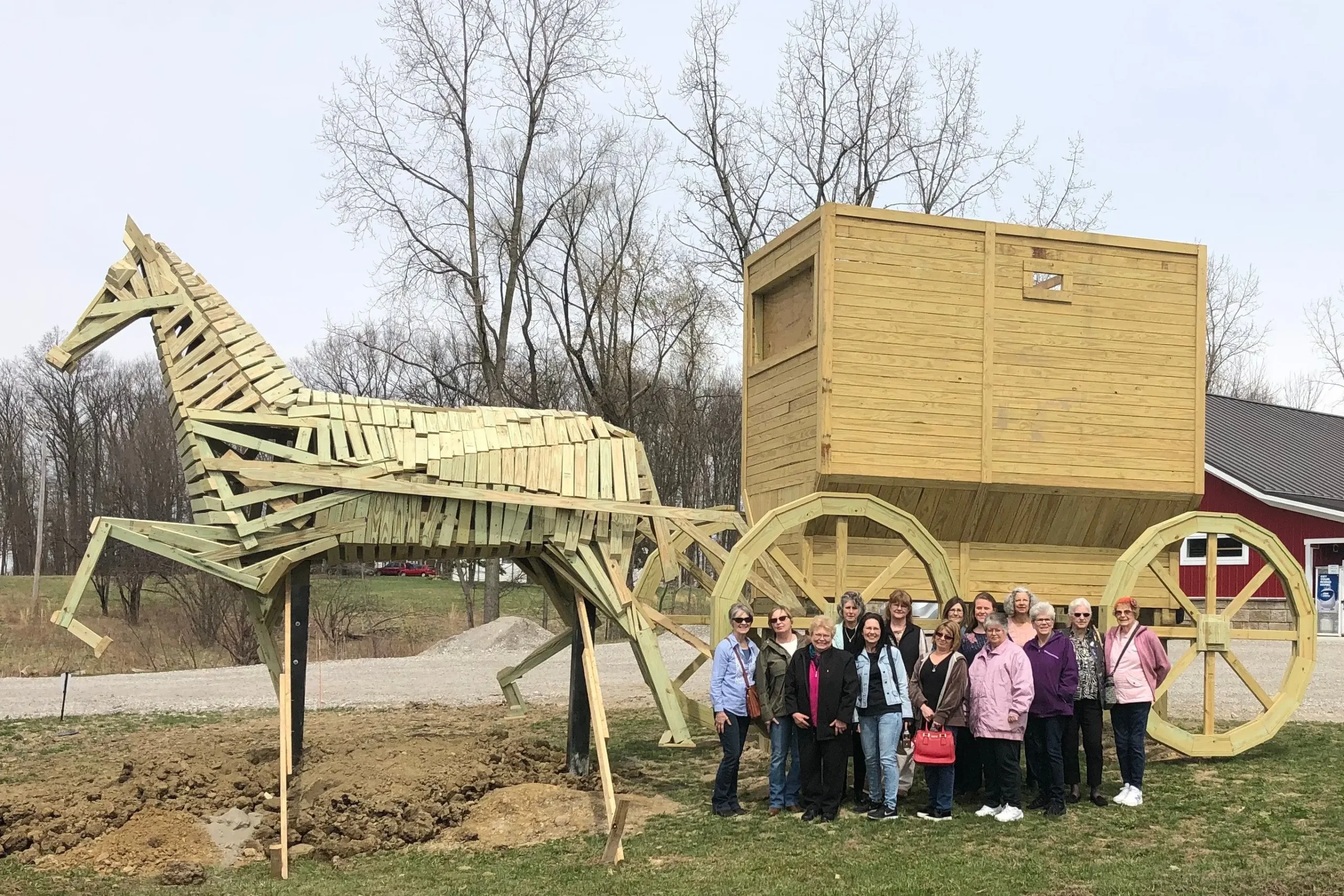Historic Amish Landmarks Worth Visiting in the US
Amish communities in the United States offer travelers a glimpse into a culture rooted in faith, simplicity, and tradition. Visiting historic Amish landmarks allows people to explore the history, lifestyle, and craftsmanship that have shaped these communities over centuries. From Pennsylvania to Ohio and Indiana, landmarks provide insight into how Amish settlers preserved their way of life while contributing to rural American history.
Amish Heritage Museums
The Amish Farm and House, Lancaster, Pennsylvania
This museum showcases Amish life through restored buildings, farm equipment, and guided tours. Visitors can explore a traditional farmhouse, learn about agricultural practices, and gain insight into daily routines, clothing, and religious observances. The museum emphasizes hands-on learning and provides context for understanding Amish history in Pennsylvania.
Amish Country Homestead, Ohio
Located in Holmes County, Ohio, the Amish Country Homestead offers an interactive experience for visitors. Guests can tour farms, observe traditional farming techniques, and participate in craft workshops such as quilting and woodworking. The site highlights the region’s Amish heritage and preserves historical architecture and customs.
Heritage Museums and Cultural Centers
Other cultural centers across Pennsylvania, Ohio, and Indiana focus on preserving Amish traditions, including local crafts, culinary arts, and folklore. These museums often host seasonal events and educational programs to engage visitors in the living history of the community.

Historic Farms and Villages
Old-Order Amish Farms
Visiting working Amish farms allows travelers to observe sustainable farming practices and traditional animal husbandry. Horse-drawn plows, handmade tools, and seasonal planting routines reflect techniques brought from Europe and maintained over generations. Guided tours often explain how these farms function and the role of community cooperation in daily life.
Historic Amish Villages
Certain villages, such as Intercourse, Pennsylvania, and Berlin, Ohio, preserve 18th- and 19th-century buildings that reflect Amish architectural styles. Cobblestone homes, barns, and workshops showcase craftsmanship, simplicity, and functional design, providing context for historical living conditions.
Community and Craft Workshops
Many historic farms host workshops where visitors can learn quilting, woodworking, or baking techniques. These sessions highlight skills that were essential to Amish life and remain a key part of cultural preservation.
Religious and Cultural Sites
Amish Meetinghouses
Some Amish meetinghouses open their doors to visitors during guided tours or special events. These buildings, often simple and unadorned, offer insight into religious practices, community governance, and the role of faith in daily life.
Cemeteries and Historical Markers
Amish cemeteries often reflect centuries of family and community continuity. Gravestones provide historical context and illustrate how traditions, names, and community ties are preserved over time. Historical markers highlight significant migration routes, settlements, and contributions of Amish settlers.
Seasonal and Community Events
Harvest Festivals and Fairs
Historic landmarks often host harvest festivals or fairs that allow visitors to experience Amish traditions first-hand. These events showcase local crafts, farm-to-table foods, and cultural practices while fostering engagement between the Amish community and travelers.
Barn Raisings
Some communities allow observation of barn raisings, a communal effort to construct barns quickly and efficiently. These events demonstrate teamwork, cooperation, and the enduring value of shared labor in Amish culture.
Tips for Visiting Amish Landmarks
-
Respect Privacy: Avoid photographing individuals without permission.
-
Dress Modestly: Conservative clothing shows respect for Amish norms.
-
Follow Guide Instructions: Respect property boundaries and tour guidelines.
-
Engage Thoughtfully: Ask questions respectfully and show interest in traditions.
-
Support Local Artisans: Purchasing handmade goods helps preserve crafts and supports the community.
Conclusion
Historic Amish landmarks provide a window into a culture that balances tradition, faith, and simplicity. Museums, farms, villages, and cultural centers in Pennsylvania, Ohio, and Indiana highlight the history, craftsmanship, and community values that have defined Amish life for centuries. From observing sustainable farming practices to participating in workshops and seasonal events, visitors can experience how Amish communities maintain their heritage while contributing to rural American history. Exploring these landmarks encourages appreciation for a lifestyle built on family, faith, and craftsmanship, offering an immersive journey into the enduring beauty of Amish traditions.



